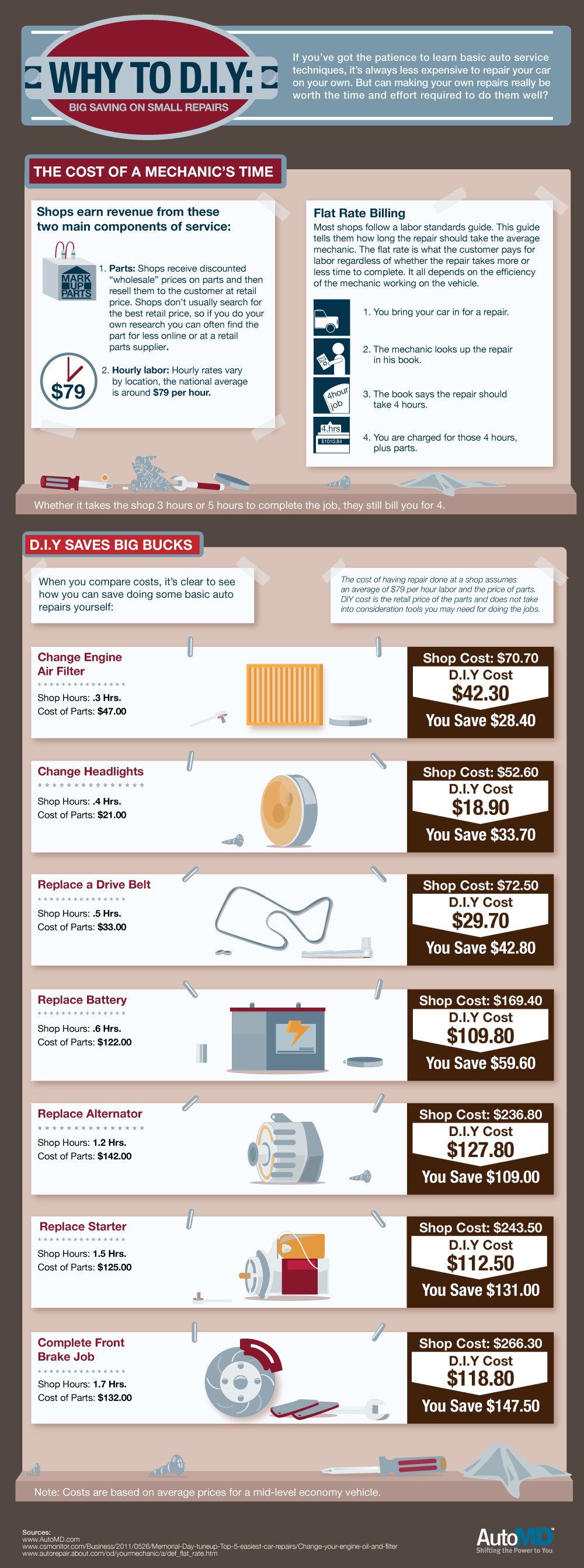Understanding The Value Of Your Automobile'S Warning Signals: What They Really Represent
Understanding The Value Of Your Automobile'S Warning Signals: What They Really Represent
Blog Article
Material Author-Samuelsen Stark
When you're behind the wheel, those radiant warning lights on your control panel can be a little bit puzzling. Do you understand what they're trying to tell you regarding your cars and truck's wellness? Understanding the value of these lights is crucial for your safety and security and the durability of your car. So, the following time among those lights pops up, wouldn't you want to understand its message accurately and take the needed actions to resolve it?
Common Warning Lights and Interpretations
Recognize common caution lights in your car and recognize their definitions to make sure safe driving.
One of the most typical warning lights consist of the check engine light, which signals issues with the engine or emissions system. If this light comes on, it's crucial to have your vehicle examined quickly.
The oil pressure advising light shows low oil pressure, calling for instant attention to prevent engine damage.
A flashing battery light could recommend a faulty billing system, potentially leaving you stranded otherwise dealt with.
The tire stress surveillance system (TPMS) light notifies you to reduced tire stress, impacting vehicle security and gas effectiveness. Ignoring this can lead to risky driving problems.
https://edgarjdysm.madmouseblog.com/10413268/polish-your-vehicle-outlining-skills-with-seasonal-understandings-to-keep-your-vehicle-looking-beautiful-and-secure-explore-exactly-how-to-manage-the-unique-barriers-that-include-each-period indicates an issue with the anti-lock stopping system, jeopardizing your ability to stop quickly in emergencies.
Lastly, https://mylesqkeys.blogacep.com/35122393/success-narrative-revitalizing-a-deserted-vehicle-with-professional-detailing cautioning light warns of engine overheating, which can cause severe damages otherwise resolved quickly.
Recognizing these typical warning lights will certainly help you deal with issues without delay and keep risk-free driving problems.
Significance of Prompt Interest
Recognizing the common warning lights in your vehicle is only the initial step; the value of quickly attending to these cautions can't be stressed enough to guarantee your safety when traveling.
When a caution light illuminates on your control panel, it's your car's means of interacting a potential problem that needs attention. Overlooking these warnings can lead to more extreme problems down the road, jeopardizing your safety and security and possibly costing you more out of commission.
Prompt focus to cautioning lights can avoid breakdowns and accidents. For example, a blinking check engine light can suggest a misfire that, if left neglected, could trigger damage to the catalytic converter. Addressing this immediately can conserve you from a pricey fixing.
Likewise, https://ecutuninggroup40627.blogthisbiz.com/36167954/spectacular-transformation-of-a-disregarded-car-reveals-the-unbelievable-power-of-specialist-describing-methods-the-outcomes-will-certainly-leave-you-speechless warning light could indicate reduced brake liquid or worn brake pads, important parts for your safety when driving.
DIY Troubleshooting Tips
If you discover a caution light on your control panel, there are a few do it yourself fixing pointers you can try before seeking professional aid.
The primary step is to consult your automobile's manual to understand what the certain warning light shows. Sometimes the issue can be as simple as a loose gas cap setting off the check engine light. Tightening the gas cap may solve the issue.
https://www.hometownsource.com/sun_current/community/edina/kevin-kee-closes-auto-shop-after-28-year-run-in-edina/article_59c3b0fc-4e80-11ec-a265-338dcaa4e9e2.html is a reduced battery, which can cause various advising lights. Inspecting the battery links for corrosion and ensuring they're safe and secure could take care of the issue.
If a warning light continues, you can try resetting it by separating the auto's battery for a couple of mins and after that reconnecting it. In addition, inspecting your automobile's liquid degrees, such as oil, coolant, and brake liquid, can aid troubleshoot cautioning lights associated with these systems.
Final thought
Finally, comprehending your automobile's warning lights is necessary for keeping your lorry running smoothly and safely. By without delay addressing these alerts and recognizing what they indicate, you can prevent pricey repair services and prospective malfunctions.
Bear in mind to consult your vehicle's handbook for certain details on each warning light and take action as necessary to ensure a hassle-free driving experience.
Keep informed, stay safe on the road!
